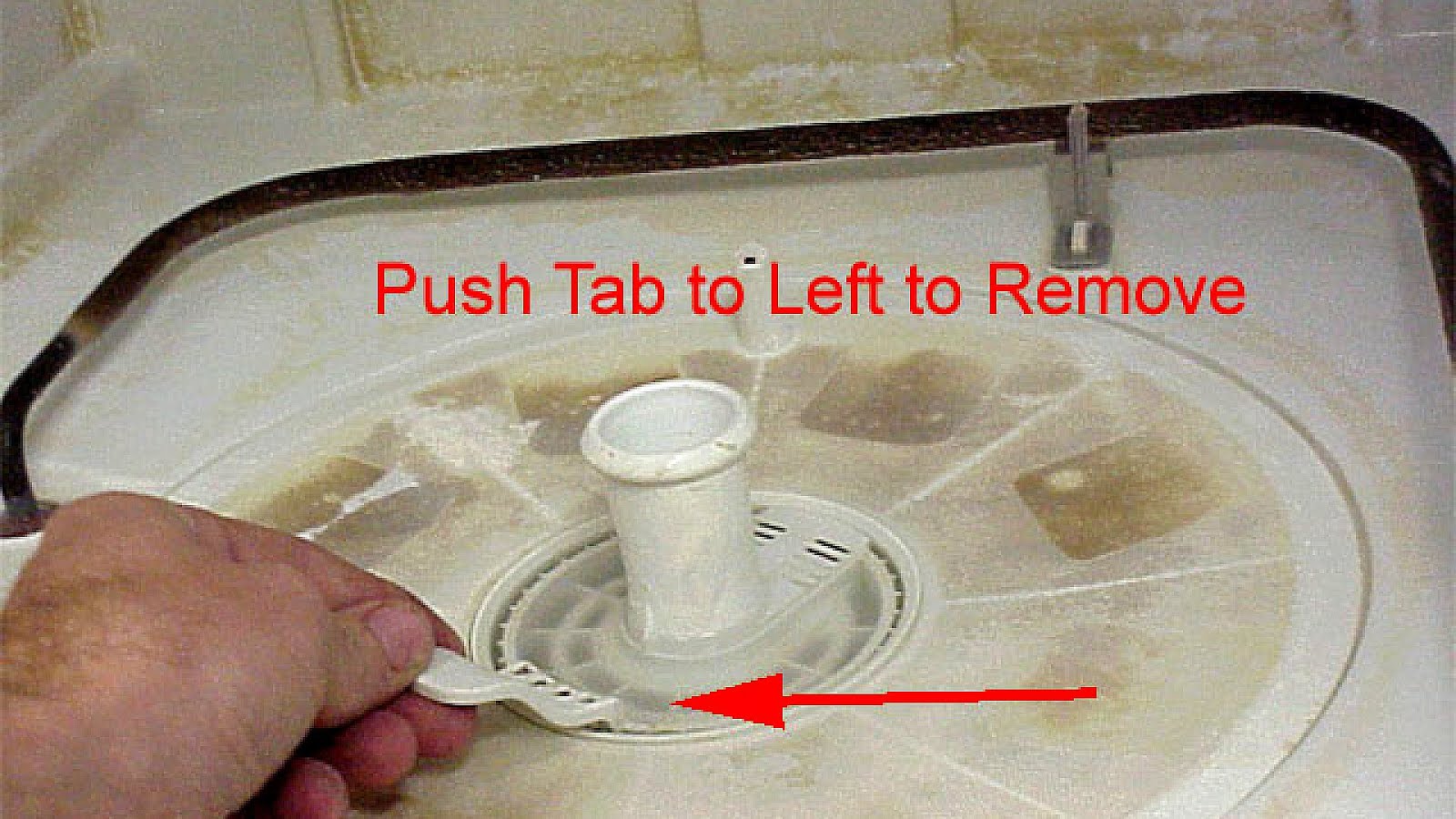

Let’s look at the possible causes and solutions for it. Check out the below reasons why and fix them before major damage occurs! What Causes Frigidaire Dishwasher Leaking? Troubleshooting and Diagnosis In this blog post, we’ll cover what causes Frigidaire dishwashers to leak, as well as steps you can take in order to stop the leak from happening at all.Įver notice that your dishwasher leaks after the wash cycle? If you’re trying to ignore a small puddle of water on the floor, it might be time for some investigation.
#Frigidaire dishwasher overflowing how to
A variety of different problems can cause Frigidaire dishwasher leaking, and it’s important for Frigidaire owners to know how to fix this issue before the water damages their floors! Contact us and an appliance technician will help you decide on the right repair steps for your dishwasher.Frigidaire dishwasher leaking is a common problem that Frigidaire owners have to deal with. Is your dishwasher experiencing drain issues? We can help. The drain pump is both a plumbing and electrical component that requires careful handling. If your drain pump is clogged, damaged, or broken then an experienced appliance technician will need to uninstall the pump and reinstall the new one to ensure it’s done safely. 7) Replace the Drain Pumpįinally, the drain pump may be at fault. If you are willing to uninstall your dishwasher to reach the hose, you can remove, clear, and replace it as needed to resolve your dishwasher draining issue. Speaking of the dishwasher drain line, most dishwashers are connected to the kitchen sink drain via a flexible hose. If you have the dishwasher drain cover open, you may snake this line as well. Snaking the kitchen drain clears the line shared with the dishwasher. A snake is a flexible line that spins down into drains, breaking up any clogs and/or catching the clog material to pull it out. If you have a snake at home or hire a drain service, you can snake the kitchen drain. Then run on the hottest setting – without heat-dry. Place a bowl of vinegar upright in the top shelf and splash a cup or more of vinegar into the bottom of the dishwasher. These are broken up with vinegar and heat. 4) Run Empty on Hot with VinegarĪnother option is that your dishwasher is built up with scale – minerals in the water that remain when the water dries.

Run hot water, vinegar, and baking soda down this drain line if you think it’s clogged in the traditional way. Take off the drain catch to clean the inner walls of the basket and access the drain inside. It may have screws, clips, or a twist-release to remove the drain catch. It may look like a slotted bowl or an upturned strainer. 3) Open and Clean the Drain Catchīack inside your dishwasher, look for the drain catch or basket. This is a common and reliable way to clear your dishwasher drain of mild clogs. Your sink and the garbage disposal share the same drain, and running the disposal helps to clear anything clogged in that path. Count to ten or until the grinding sound evens-out, then flip off the disposal. Now run your kitchen sink tap on cold water and flip the garbage disposal on. Pull out any food (or non-food) debris and make sure there is nothing apparently blocking the drain. Then wipe down the inside of the dishwasher, paying close attention to the floor and drain assembly. Flip open the ends of the lower tracks and pull the rack straight out. Start by cleaning out the bottom of the dishwasher. We’ll start with the easiest methods and move progressively to solutions with more disassembly and repair skill required. Let’s run down the list of the seven most effective ways to unclog your dishwasher drain.

Sometimes, a bit of plastic or a single piece of lettuce can cause a temporary clog. Depending on how thoroughly you pre-rinse dishes, your dishwasher may have quite a bit of debris and washed-down sludge to deal with. All of it, along with the food cleaned from the dishes, goes down the dishwasher drain. Most dishwashers pull hot water, cycle it with soap to wash, then run fresh water to rinse.


 0 kommentar(er)
0 kommentar(er)
